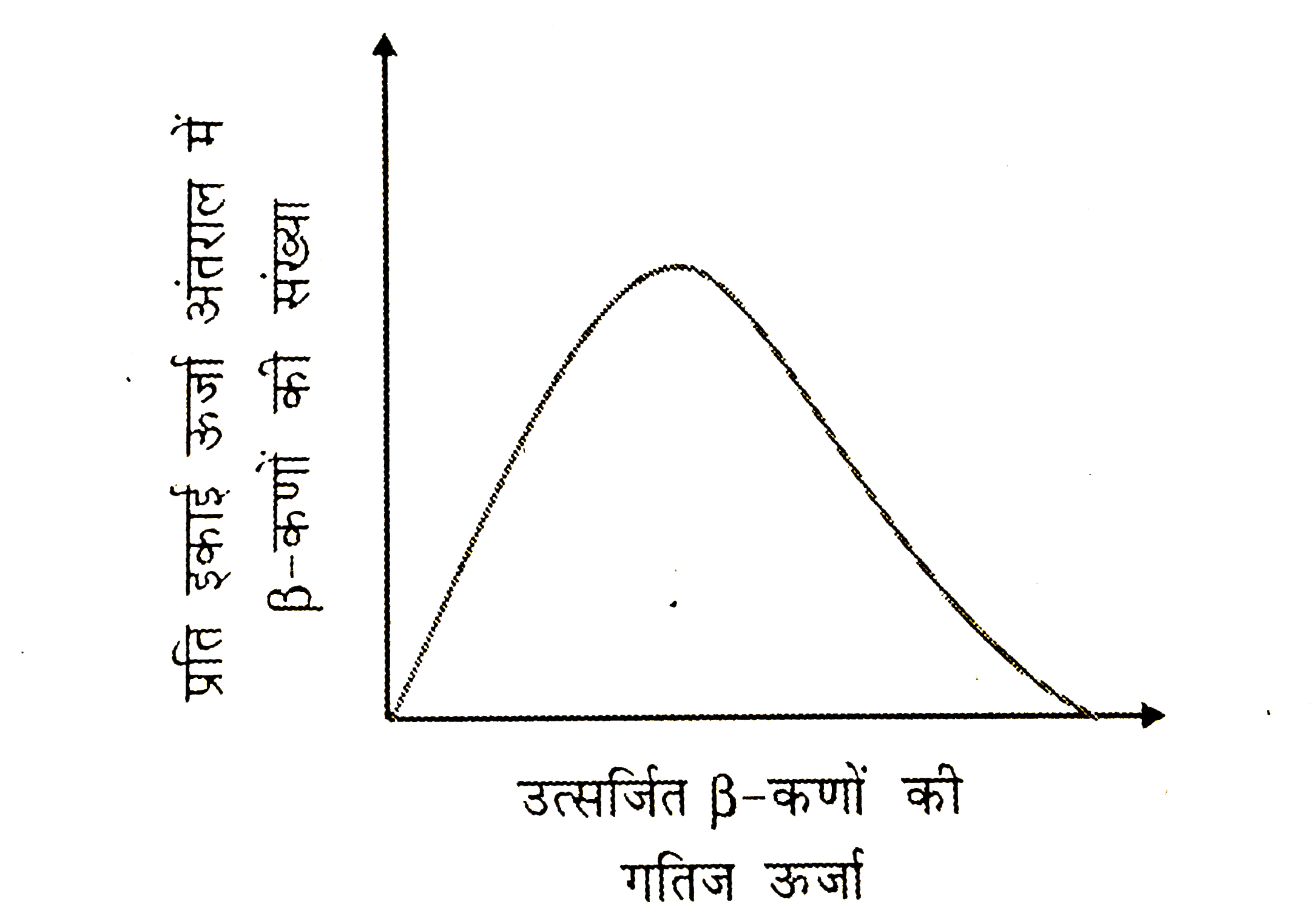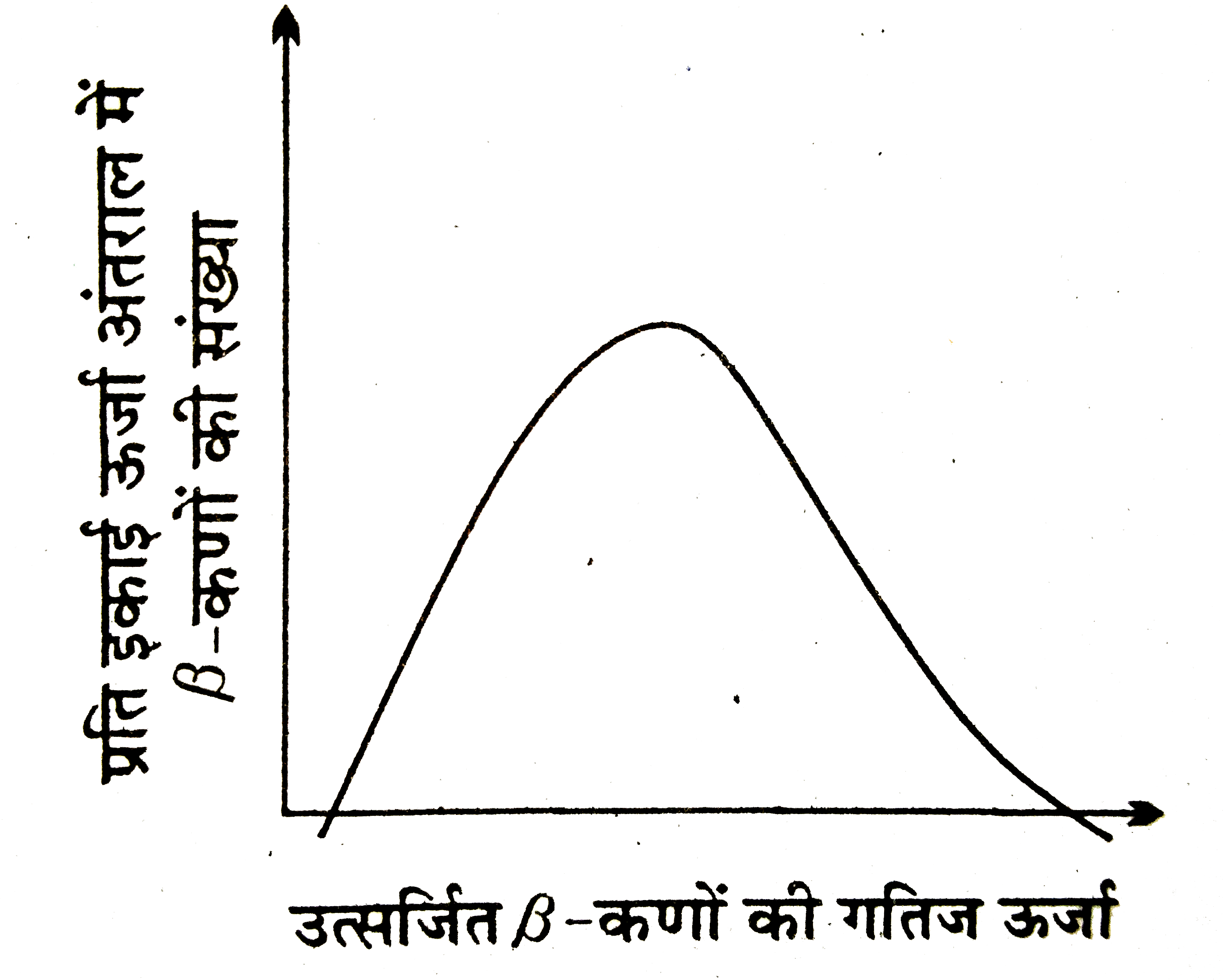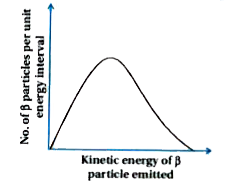Consider the decay of the free neutron at rest:
n = p + e−.
Show that the two-body decay of this type must necessarily give an electron of fixed energy and, therefore, cannot account for the observed continuous energy distribution in the β decay of a neutron or a nucleus.
 Solution in Punjabi
Solution in Punjabi
Step by step video & image solution for Consider the decay of the free neutron at rest: n = p + e^-. Show that the two-body decay of this type must necessarily give an electron of fixed energy and, therefore, cannot account for the observed continuous energy distribution in the beta decay of a neutron or a nucleus. by Physics experts to help you in doubts & scoring excellent marks in Class 12 exams.
Updated on:21/07/2023Topper's Solved these Questions
Similar Questions
What is meant by radioactive substance?
View SolutionWhat do you understand by polarisation of light ?Describe an experiment to demonstrate transverse nature of light.
View SolutionState the characteristis of image formed by a plane mirror.
View SolutionA free neutron decays to a proton but a free proton does not decay to a neutron. This is because
View SolutionConsider the decay of a freee neutron at rest :nrarrp+e^(-). . Show that the two body decay of this type must necessarily give an electron of fixed energy, and therefore, cannot account for the observed continuous energy distribution ini the beta- decay of a neutron in a nucleus, figure.
View SolutionA free neutron decays into a proton, an electron and
View SolutionThe beta -decay process, discovered around 1900 , is basically the decay of a neutron (n) , In the laboratory, a proton (p) and an electron (e^(-)) are observed as the decay products of the neutron. Therefore, considering the decay of a neutron as a tro-body dcay process, it was observed that the electron kinetic energy has a continuous spectrum. Considering a three-body decay process i.e., n rarr p + e^(-)+overset(-)v_(e ) , around 1930 , Pauli explained the observed electron energy spectrum. Assuming the anti-neutrino (overset(-)V_(e )) to be massless and possessing negligible energy, and neutron to be at rest, momentum and energy conservation principles are applied. From this calculation, the maximum kinetic energy of the electron is 0.8xx10^(6)eV . The kinetic energy carried by the proton is only the recoil energy. What is the maximum energy of the anti-neutrino?
View SolutionThe beta -decay process, discovered around 1900 , is basically the decay of a neutron (n) , In the laboratory, a proton (p) and an electron (e^(-)) are observed as the decay products of the neutron. Therefore, considering the decay of a neutron as a tro-body dcay process, it was observed that the electron kinetic energy has a continuous spectrum. Considering a three-body decay process i.e., n rarr p + e^(-)+overset(-)v_(e ) , around 1930 , Pauli explained the observed electron energy spectrum. Assuming the anti-neutrino (overset(-)V_(e )) to be massless and possessing negligible energy, and neutron to be at rest, momentum and energy conservation principles are applied. From this calculation, the maximum kinetic energy of the electron is 0.8xx10^(6)eV . The kinetic energy carried by the proton is only the recoil energy. If the anti-neutrino has a mass of 3eV//c^(2) (where c is the speed of light) instead of zero mass, what should be the range of the kinetic energy, K of the electron?
View SolutionConsider the decay of a free neutron at rest: n top+e^(-) Show that the tow-body dacay of this type must necessarily give an electron of fixed energy and, therefore, cannot for the observed continous energy distribution in the beta -decay of a neutron or a nucleus.
View Solutionविरामावस्था में किसी मुख्य न्यूट्रॉन के क्षय पर विचार कीजिए n→p+e−
प्रदर्शित कीजिए की इस प्रकार के द्विपिंड क्षय से नियत ऊर्जा का कोई इलेक्ट्रॉन अवश्य उत्सर्जित होना चाहिए , और इसलिए यह किसी न्यूट्रॉन या किसी नाभिक के - क्षय में प्रेक्षित सतत ऊर्जा वितरण का स्पष्टीकरण नहीं दे सकता (चित्र 6.19).

View Solutionविरामावस्था में किसी मुक्त न्यूट्रॉन के क्षय पर विचार कीजिए - n→p+e−
प्रदर्शित कीजिए कि इस प्रकार के द्विपिंड क्षय से नियत ऊर्जा का कोई इलेक्ट्रॉन अवश्य उत्सर्जित होना चाहिए और इसलिए यह किसी न्यूट्रॉन या किसी नाभिक के β− क्षय में प्रेक्षित सतत ऊर्जा वितरण का स्पष्टीकरण नहीं दे सकता ।

View Solutionएक मुक्त न्यूट्रॉन पर प्रोटॉन के रूप में क्षय होता हैं परन्तु एक मुक्त प्रोटॉन का न्यूट्रॉन के रूप में क्षय नहीं होता क्योंकि
View SolutionConsider the decay of a free neutron at rest: n top+e^(-) Show that the tow-body dacay of this type must necessarily give an electron of fixed energy and, therefore, cannot for the observed continous energy distribution in the beta -decay of a neutron or a nucleus.
View SolutionA free neutron decays into a proton, an electron and
View SolutionConsider the decay of a free neutron at rest :
n→p+e−
Show that the two body decay of this type must necessary give an electron of fixed energy and therefore cannot account distribution in the β−decay of a neutron or a nucleous as shown in figure .

[ Note : The simple result of this exercise was one among the several arguments advanced by W . Pauli to perdict the existence of a third particle in the decay products of β− decay . This particle is known as neutrino spin 12 ( like e− p or n ) but is neutral ad either massless or having an extremely small mass (compared to the mass of electron) and which interacts very weakly with matter . The correct decay process of neutron is : n→p+e(−)+v)
View SolutionA free neutron decays into a proton, an electron and
View Solution
